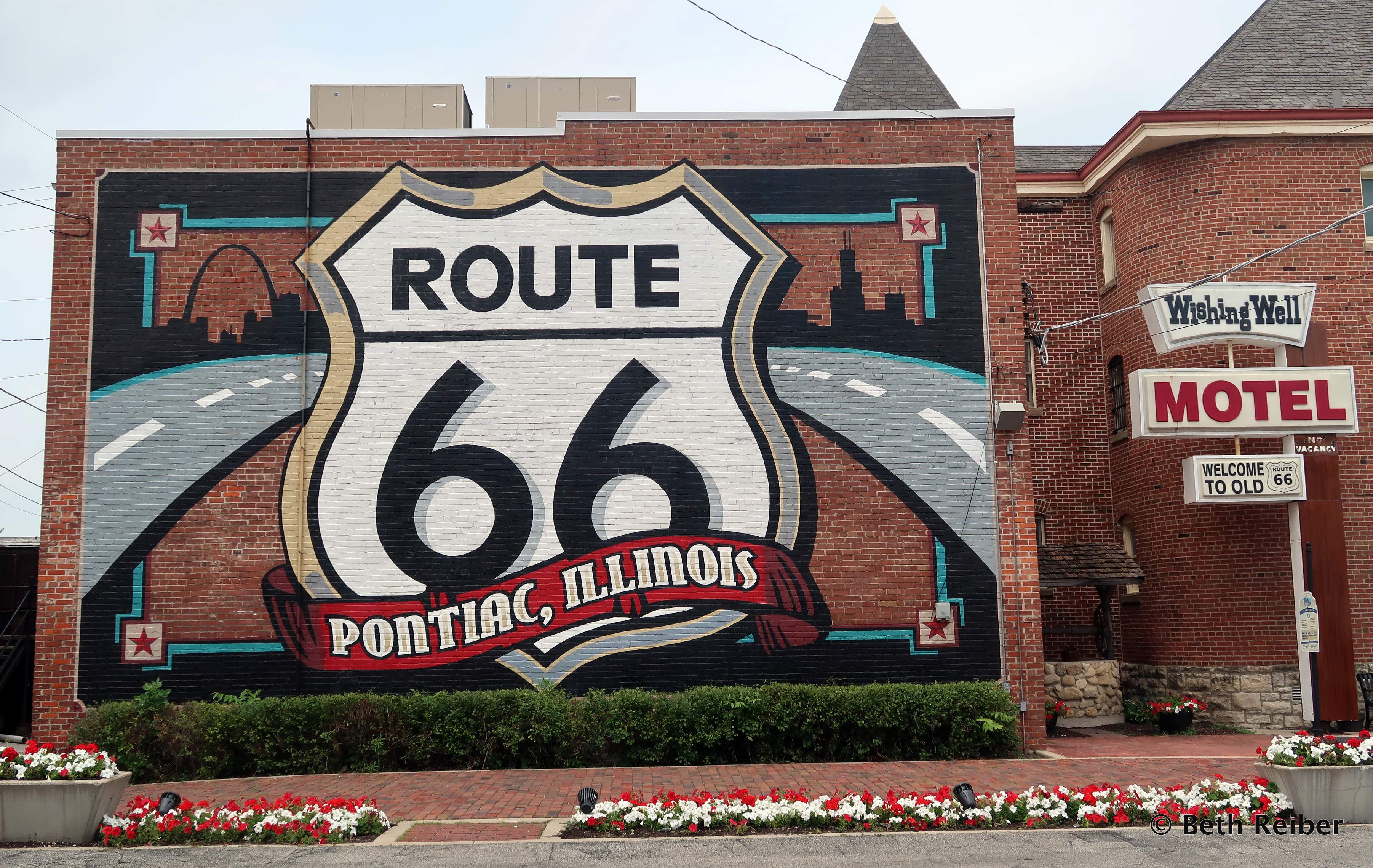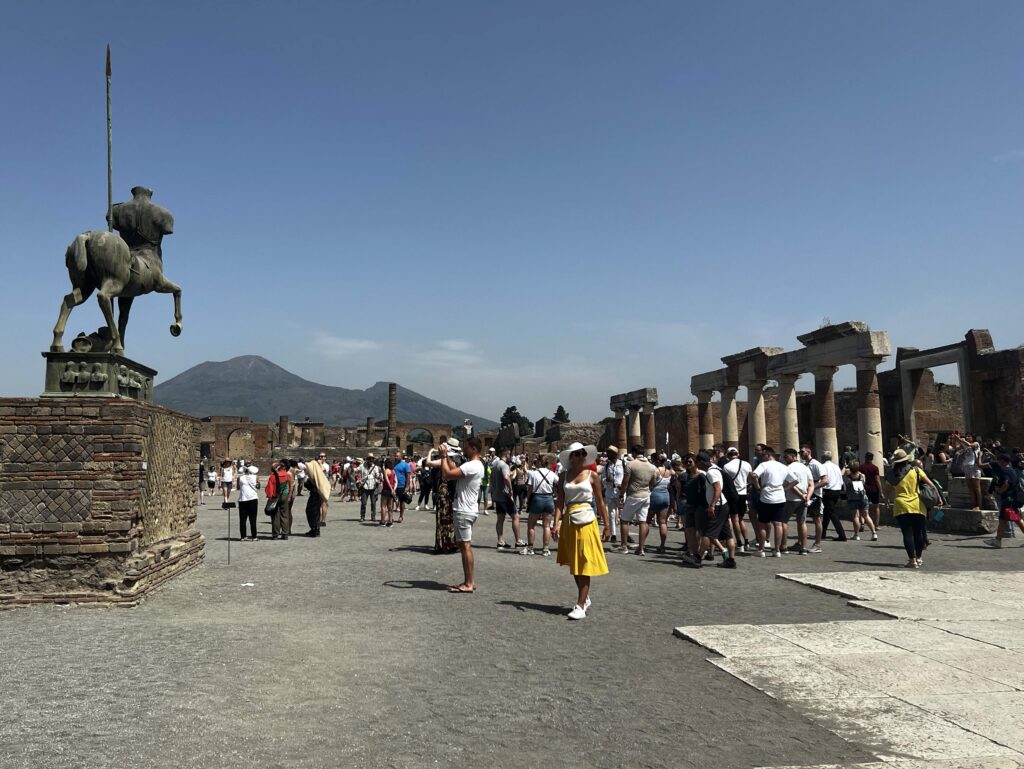This would be the capital if Kansas had been admitted as a slave state
Of course, you have to take the Scenic River Road. Hugging the Kaw river and partly shaded by overhanging branches, it’s slower than the Google-suggested I-70 route when driving from Lawrence to Lecompton, but it sets the pace for a trip back in time. I imagine travelers might have taken a similar path when journeying between the two river towns back in the 1850s.

Located about 15 miles upriver from Lawrence, Lecompton today is a tranquil town, with clapboard wooden homes, a one-block main street (where I like to eat lunch at the homey Aunt Netters Café, sample wine at Empty Nester’s Winery and visit antique stores), some brick sidewalks, streets named after early prominent townspeople, a handsome three-story former high school now lovingly repurposed into a community center, and a couple of history museums.
In other words, Lecompton, home to 600-some people, doesn’t look like the kind of place that might have played a hugely significant role in our nation’s history. Yet events that unfolded here during the town’s early years were so divisive, they played a pivotal role in steps leading up to the Civil War. For that reason, Lecompton today proudly promotes itself as the birthplace of the Civil War. It also calls itself the place “where slavery began to die.” That’s a pretty bold statement for a town founded by pro-slavers.
Lecompton’s Founding
Lecompton was founded in 1854 just months after passage of the Kansas-Nebraska Act, which opened Kansas Territory to settlers who then would vote whether to enter the Union as a slave or free state. Although popular sovereignty seemed like a good idea at the time, in practice it led to dramatic confrontations between pro-slavers and abolitionists, a tumultuous time known as Bleeding Kansas.
In 1855 Lecompton became capital of Kansas Territory. By the late 1850s it was a bustling town with 4,000 residents and a promising future. It had six churches, lumber mills, horse stables, hotels for visiting legislators and newspaper correspondents, and dry goods stores supplying everything from nails to cotton yarn. Because it was the center of everything administrative, it was also home to the territorial governor, territorial supreme court, the district court, and the Kansas legislature, as well as the U.S. Land Office, which must have been mighty busy as people poured in to register their claims, especially when settlers declared ownership of the same parcel. Immigrants came, too, lured by the promise of land and jobs, including German stonemasons who began work on what would surely become the new Kansas state capitol.
Fate would prove otherwise. From what I’ve learned during several visits to Lecompton, those early years must have been a hard time to be a politician. Between 1854 and 1861, when Kansas was admitted into the Union as a free state, four constitutions were drafted to gain statehood and 10 men served as governor (two fled during their terms for fear of their lives). Particularly contentious was the 1857 Lecompton Constitution, drafted by a pro-slavery legislature that opponents claimed was unfairly elected due to voter fraud (thousands of Missourians poured in to Kansas Territory to vote for the pro-slavery legislators). Because abolitionists considered the 1857 Lecompton Constitution a sham, they refused to even vote on it. When the Lecompton Constitution allowing slavery was passed and sent to Washington, D.C., for ratification, it won the Senate but was narrowly rejected by the House of Representatives by only eight votes after heated discussion and even a fight. In fact, the Lecompton Constitution caused such a rift in the ruling Democratic Party, two candidates were put up for the 1860 presidential election, splitting the party vote and paving the way for the election of Abraham Lincoln as the Republican president.

Lecompton Today
The physical connection to those contentious years is Lecompton’s Constitution Hall, constructed in 1856 and now a National Landmark. This is where the Kansas Territorial Government convened, the Lecompton Constitution was drafted and settlers came to file claims (and sometimes duke it out). Among the oldest–if not the oldest–wooden structures in Kansas, it displays items relating to its history as the territorial capitol, a United States Land Office and courthouse. It’s also the stage for various events, including its annual Bleeding Kansas series, with talks and dramatic interpretations of events that took place from 1854 to 1865.
Lecompton’s other important landmark is the Territorial Capital Museum. This was the building those German stonemasons were constructing, but only the first floor was completed by the time the U.S. House of Representatives rejected the 1857 Lecompton Constitution. Recognizing that Kansas would enter the Union as a free state and that the state capital would be elsewhere, construction halted and the building fell into ruins. In 1882 it was re-erected as Lane University, with David Eisenhower and Ida Stover among its students. After meeting here, they married in the upstairs chapel in 1885 and later became parents of Dwight D. Eisenhower, who became our 34th president.

In addition to displays about the Eisenhowers, the Territorial Capital Museum contains a wealth of information and items related to area history, including Native American artifacts, farm equipment and tools, toys, musical instruments, hair wreaths (popular at the time to remember deceased loved ones), furniture, clothing, telephone switchboards, a cowboy’s “bathtub,” cannonballs, a barbed wire collection and much more. Many of the museum’s items were donated by community members, including a pre-Civil War handgun donated by local historian Paul Bahnmaier that belonged to his great-grandfather, who immigrated from Germany in 1855 and worked here as a tailor.
There’s so much to see, I’ve been to the museum several times, but I especially like its annual Christmas holiday display, featuring old Christmas cards and about 150 trees of all sizes and shapes (including those made from barbed wire and feathers), decorated with ornaments from the 1800s through the 1950s and later. I’ve also been to Lecompton’s annual Territorial Days featuring carnival rides, a parade, an ice cream social, a cakewalk, old-time games like a three-legged race and egg toss, and other activities.

In all, I’d say Lecompton has preserved its heritage for future generations better than a lot of towns its size. It also needs saying that despite being a pro-slavery stronghold, not every resident here in the 1850s was pro-slavery; settlers came from all walks of life and from many countries. I read on Lecompton’s website that the 1855 Lecompton Town Company seal contained the words “Fiat Justitia,” Latin for “Let Justice be Done.” Those early settlers were more prophetic than they ever imagined, in a good way.
For more on Kansas’ tumultuous history, see my other articles It wasn’t called Bleeding Kansas for nothing and A Kansas Town Remembers a Massacre.






Another excellent article Beth. Thank you!